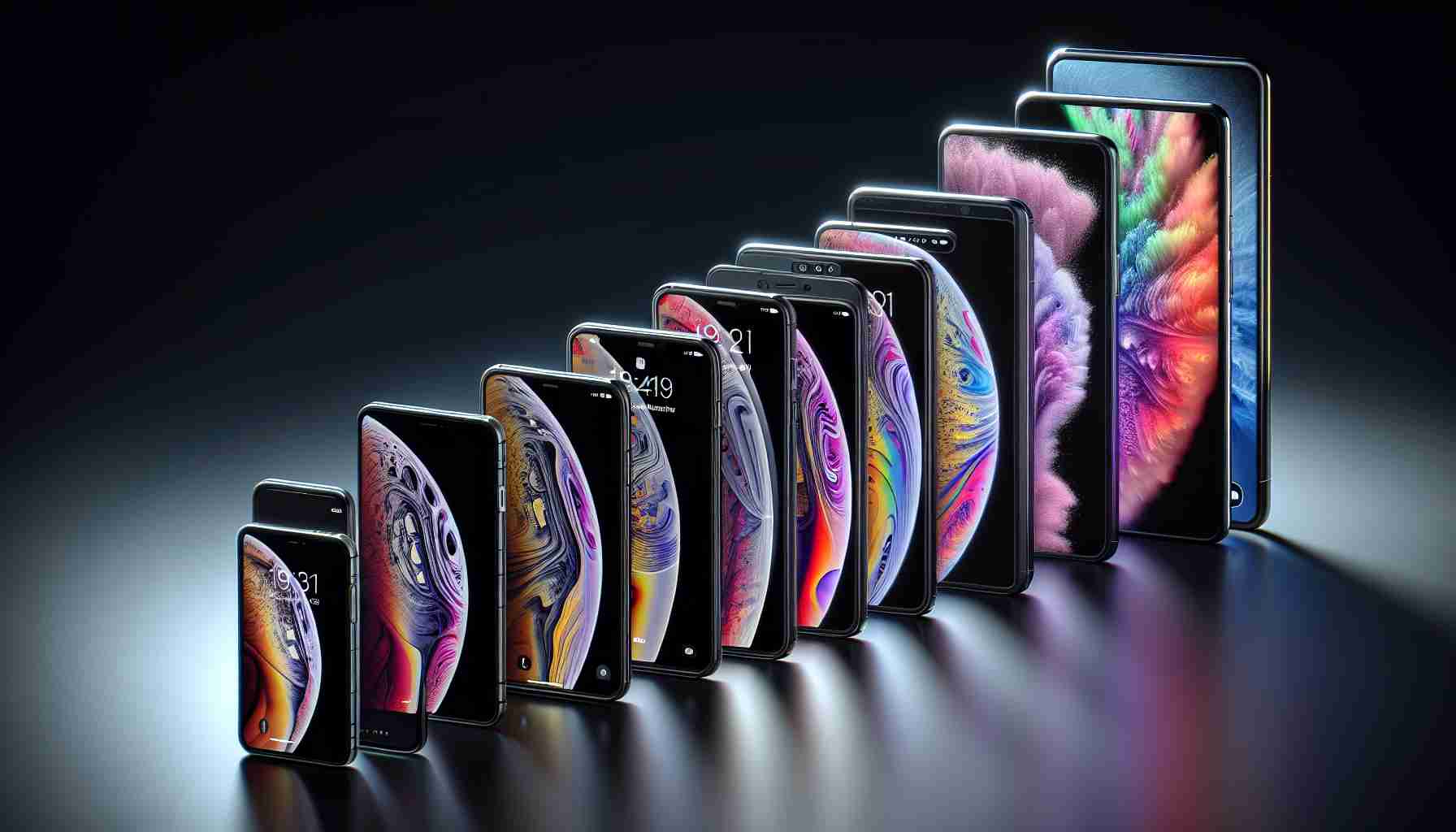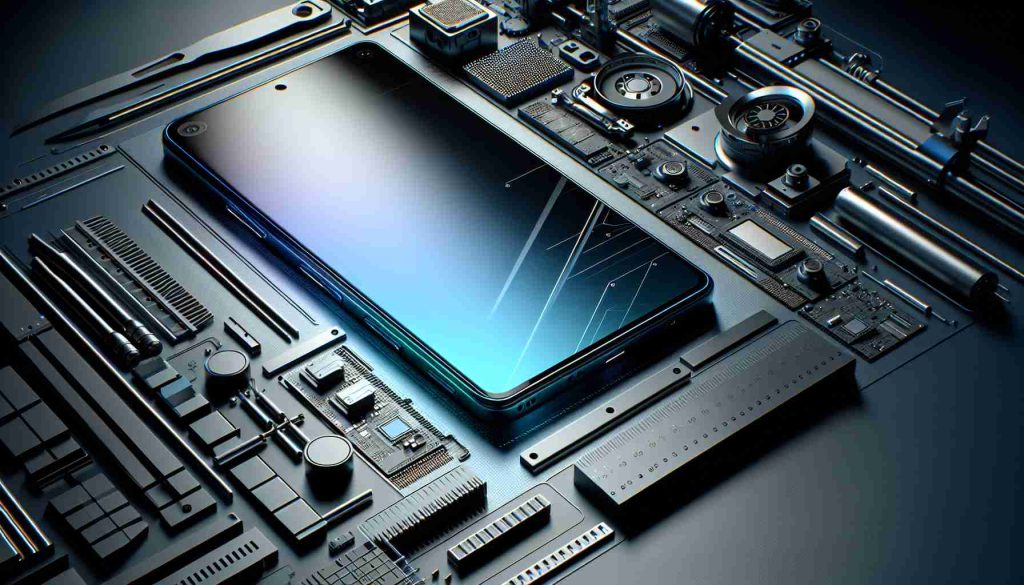In recent years, smartphones have become integral to our daily lives. Most people carry their devices with them at all times, and the trend has significantly changed the way we interact with information. However, one challenge remains: screen size and readability. Different devices vary in dimensions, leading to a unique user experience for each person.
A solution to this challenge could be found in foldable technology. The advantage of larger screens is well recognized, as they provide more information visibility. For instance, when Samsung launched its first Galaxy Note with a 5.3-inch display back in 2012, it was considered revolutionary. Fast forward to today, and we see modern smartphones, such as the recently announced iPhone 16 and Google Pixel 9 series, showcasing screens that have vastly increased in size.
Users can now customize their display settings, adjusting font size and overall zoom levels to meet their needs. Various Android devices offer unique configurations for these settings, allowing greater flexibility compared to older models. Yet, some applications aren’t designed to handle these custom sizes effectively, often resulting in missing buttons or distorted views.
Recent innovations like foldable smartphones, such as the Google Pixel 9 Pro Fold, illustrate a shift toward accommodating user flexibility. These devices aim to provide large-screen experiences without compromising portability. Ultimately, as we adapt to this advanced technology, the necessity for improved viewing options remains a focal point in smartphone development.
The Evolution of Smartphone Display Technology: Key Developments and Future Directions
Smartphone display technology has seen a remarkable evolution since the inception of mobile phones. Today, we are witnessing cutting-edge advancements that not only enhance user experience but also impact various aspects of our daily lives. This article delves into the latest innovations, key challenges, and the advantages and disadvantages of smartphone display technology.
What are the most significant innovations in smartphone displays?
One of the most substantial innovations in recent years is the transition from LCD (Liquid Crystal Display) to AMOLED (Active Matrix Organic Light Emitting Diode) and OLED (Organic Light Emitting Diode) technology. AMOLED displays offer several benefits including deeper blacks, vibrant colors, and lower power consumption, which extends battery life when using dark themes. Furthermore, advancements in mini-LED and micro-LED technologies are paving the way for higher brightness and better color accuracy, providing an impressive visual experience.
What does the future hold for smartphone displays?
Future trends indicate a move towards displays with higher refresh rates, such as 120Hz and beyond, which enhance motion clarity and provide a smoother user interface. Additionally, the integration of under-display camera technology is expected to become more refined, allowing for a full-screen experience without sacrificing the quality of photography.
Key challenges and controversies in smartphone display technology
Despite these advancements, there remain challenges and controversies surrounding display technology. One key issue is the trade-off between display performance and energy consumption. While OLED displays provide stunning visuals, they can be prone to screen burn-in, where static images can leave a permanent mark on the screen. This has led to debates regarding the durability and longevity of advanced display technologies.
Another controversy is the varying display standards and resolutions that smartphone manufacturers adopt. Terms like “4K” or “Retina” can be misleading as they may not translate to actual visible differences for the average user due to factors such as screen size and viewing distance. This inconsistency sometimes complicates consumer choices and leads to confusion.
Advantages and disadvantages of current display technologies
Advantages:
– Vivid colors and deep contrasts: AMOLED and OLED displays provide better color representation compared to traditional LCD panels.
– Thinner and lighter designs: New display technologies often allow for thinner devices, improving portability.
– Flexibility and new form factors: Foldable displays open up new possibilities for design and usage, merging tablet-like experiences with the convenience of a phone.
Disadvantages:
– Screen burn-in risk: Users must be cautious of static images left on the display for prolonged periods.
– Higher manufacturing costs: Advanced display technologies can result in higher device prices.
– Limited visibility in direct sunlight: Some OLED screens may struggle with visibility under bright light conditions compared to high-quality LCDs.
In conclusion, as smartphone display technology continues to evolve, it offers exciting possibilities while also presenting challenges that consumers, manufacturers, and designers must address. The balance between performance, usability, and cost will play a vital role in future innovations in this dynamic field.
For further insights into technology advancements and smartphone reviews, visit TechRadar and keep up with the latest industry news.
While the landscape of smartphone displays is ever-changing, one thing remains clear: the stakes in display technology will continue to rise as users demand devices that balance performance, usability, and affordability.























